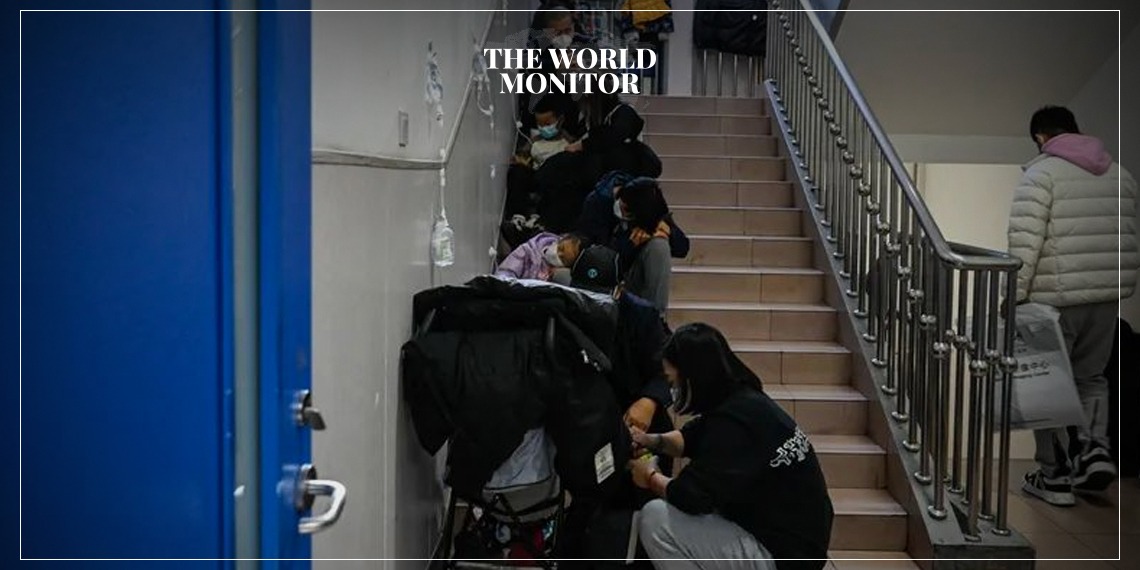Hospitals are facing long waiting times, with hundreds of patients lining up in some children’s hospitals across major cities in Northern China. This situation has been reported by Chinese government media, social media platforms, and CNN.
Internationally, there is concern about China’s health situation since Wuhan was the epicenter of COVID-19 in late 2019, causing devastating health and economic impacts globally.
A Beijing Children’s Hospital official reported that the current average of over 7,000 daily patients far exceeds the hospital’s capacity. In nearby Tianjin, the largest children’s hospital received a record number of over 13,000 children in outpatient and emergency departments.
Health officials in Beijing and other major Northern Chinese cities attribute the hospital overcrowding to seasonal diseases, including influenza, respiratory syncytial virus (RSV), and mycoplasma pneumonia, a bacterial infection typically mild and affecting children.
This increase in respiratory infections in Northern China coincides with a rise in seasonal respiratory diseases in the Northern Hemisphere, including the United States, where RSV is spreading at unprecedented levels among children.
The World Health Organization (WHO) has expressed concern and requested more information from China about the increase in respiratory diseases and undiagnosed pneumonia in children. After discussions with Chinese health officials and hospitals, WHO indicated that the data showed an increase in outpatient consultations and hospital admissions due to mycoplasma pneumonia and common seasonal illnesses since last October.
WHO added that Chinese authorities have not detected any unusual or new pathogens or clinical symptoms. Experts monitoring the situation see no evidence of a new pathogen but urge China to share more information about the health situation. Hong Kong University virologist Jin Dongyan and Deakin University epidemiologist Catherine Bennett emphasized the importance of monitoring infection sources to rule out new pathogens or disease severity levels.
In 2019, China followed an approach to managing COVID-19 has been characterized by its ‘zero-COVID’ strategy, involving mass testing, strict quarantine measures, and swift lockdowns to control outbreaks. This approach, while effective in controlling the spread of the virus, has also had significant social and economic impacts, including disruptions to supply chains and changes in consumer behavior






